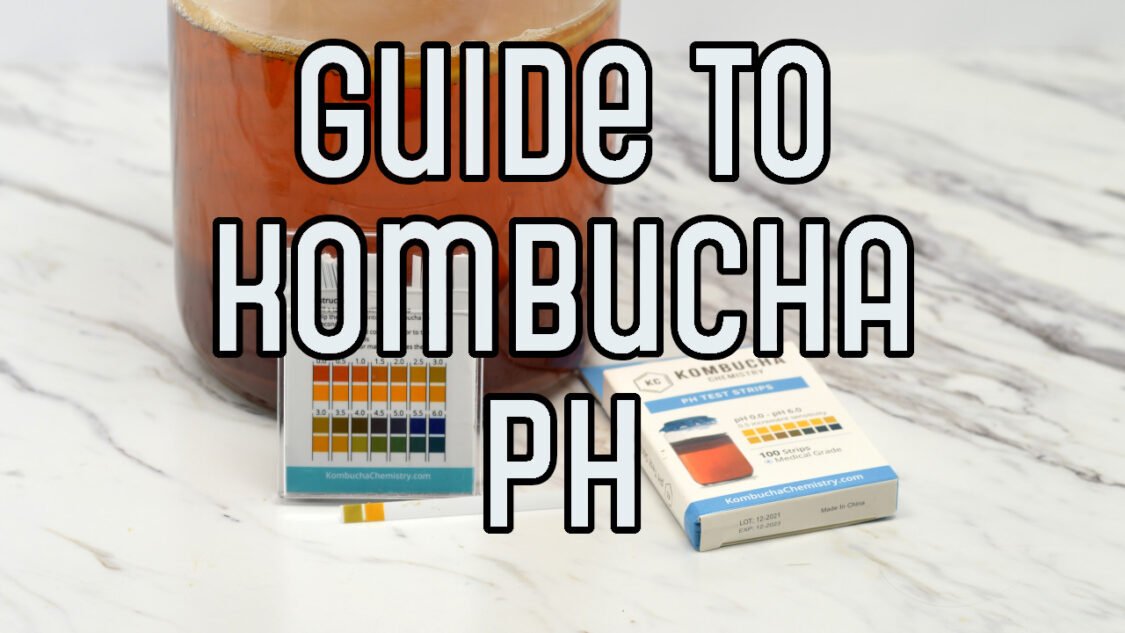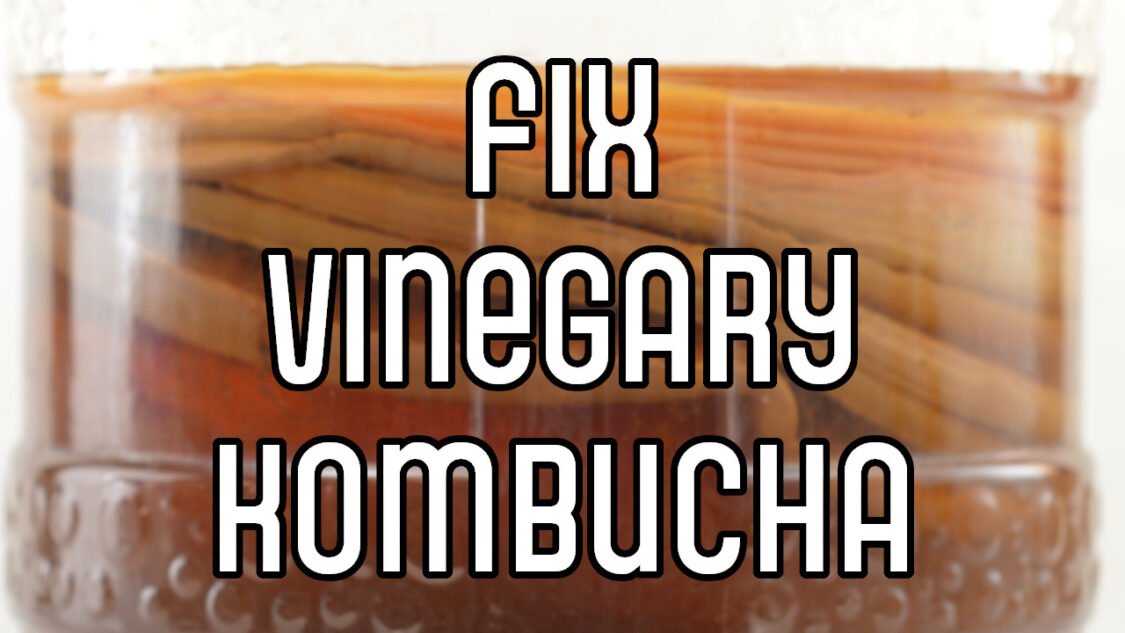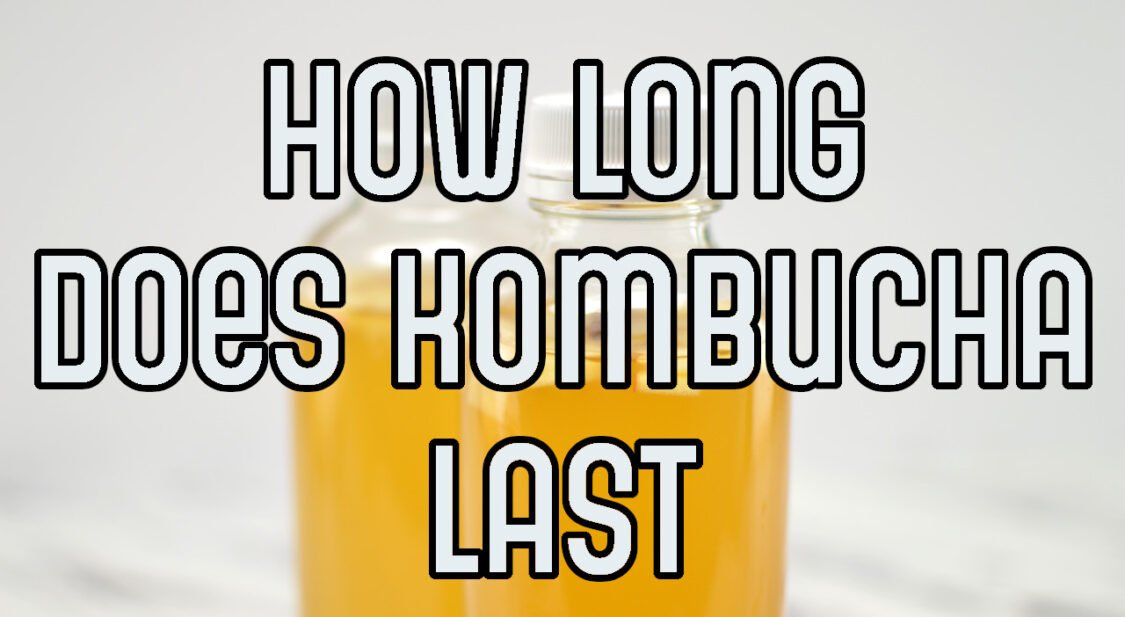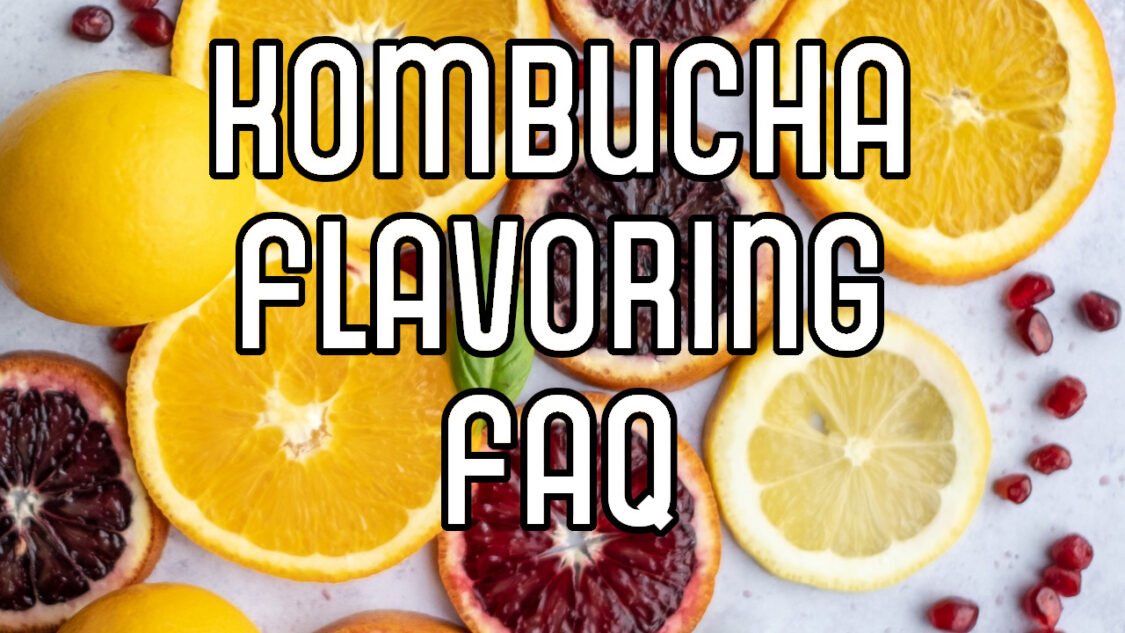the best water for Kombucha
Can you use plain tap water to make your homemade kombucha? Or do you need to use distilled / mineral / spring water?
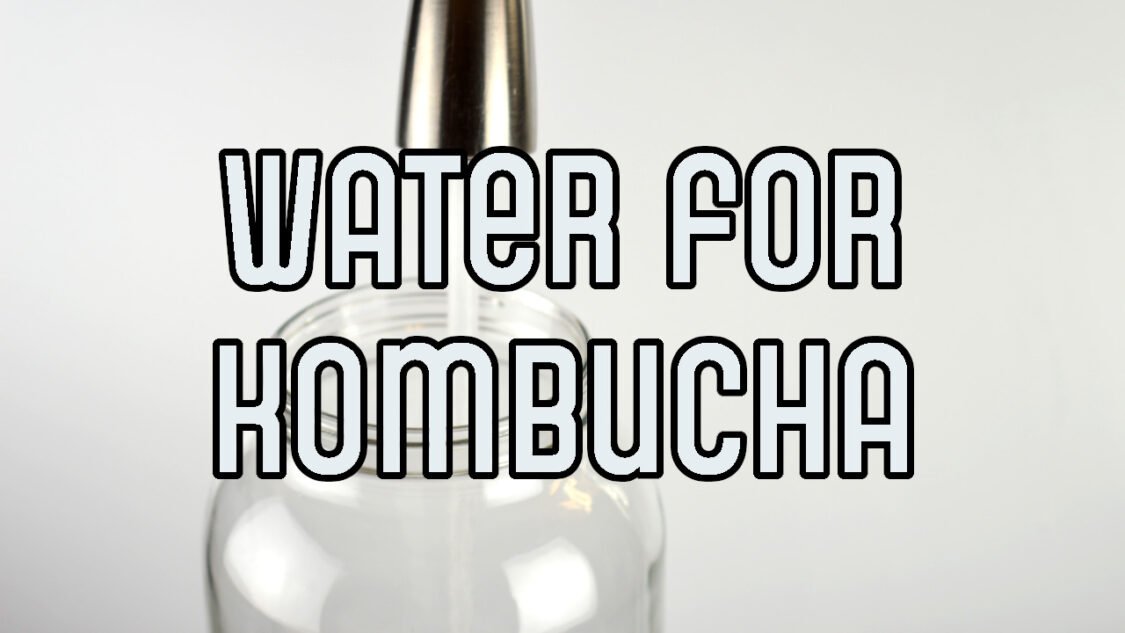
Kombucha, like other fermented beverages, is over 95% water so good water is the foundation of great kombucha. Fortunately there are many available options for what water to use. Read on to learn more about the variety of waters and pros and cons of each.
Best water for kombucha
Tap water: If you are on a city or central water system your tap water is likely cleaned and treated in some manner (Ultraviolet light, chlorine etc.) Depending how it was treated will determine the best method to prepare it for brewing kombucha. See my complete guide to using tap water (below). Generally tap water is a great choice for brewing kombucha due to its convenience, cost and sustainability.
Spring or purified water: These waters are excellent choices for making kombucha however, they are not the most environmentally friendly or cost-effective options since they are typically transported a great distance by truck and come in plastic bottles or jugs. Plus you will need to transport and carry potentially heavy jugs of water into your kitchen.
Filtered water: filtered water is the best option to get water for kombucha. Fortunately home water filters are relatively inexpensive (and are also good for drinking water too). Look for a filter that uses charcoal to absorb impurities and most of the chlorine and chloramines from the water (these are commonly used as a sanitizing agent)
Water to avoid for kombucha
Distilled water: Some people have had success with distilled water since the distilling process removes all of the impurities from the water. Unfortunately it also strips most of the minerals from the water as well. These minerals are key to a healthy fermentation.
Rain water: rainwater is relatively soft since it does not contain a lot of minerals and can be used but will need to be purified after collection. The largest concern with rainwater is potential contaminants and pollutants. It’s best to save the rainwater for your garden plants.
Using either of these waters could lead to the decline of your SCOBY. For more information check out my post on how long does a SCOBY last?
Understanding your tap water
Tap water is different depending on where you live. Most tap water starts as rain, drains from roads and fields into reservoirs and is filtered and treated to ensure purity and safety for drinking. There are several methods used to clean water and it differs among regions, counties and even cities.
Some water systems sanitize the water with chemicals (like chlorine or chloramine), others employ UV-disinfection. You can typically find out how your water was treated by visiting your utility company’s website.
The following are common treatments and additions to tap water:
Chlorine: chlorine is a common antiseptic in U.S. tap water and often used to treat swimming pools. Unfortunately it will also reduce the vitality of your SCOBY in the long run. Chlorine can be easily removed from tap water (see below).
Chloramine: chloramine is alternative antiseptic to chlorine used to treat drinking water. It is made by reacting ammonia with chlorine bleach, the active ingredient. Chloramine isn’t as strong as chlorine, but it is much more stable which makes it difficult to remove from tap water, but very possible.
Much more about chlorine and chloramine used for water disinfection here
Fluoride: A mineral sometimes added to water for public health to improve dental hygiene. This is not a problem when making kombucha, but can be removed if you do not want it in your finished kombucha.
UV or Charcoal Disinfection: This method of sanitization is common in some European countries and if you are fortunate have access to this type water it will make great kombucha as is.

How to brew kombucha with tap water
Filter: this is the best and most practical option to prepare your tap water for kombucha. Look for filtration systems that employ charcoal that works to absorb impurities in the water. These are also effective at removing most of the chlorine and chloramines. Pitcher style filter and under-sink models are equally effective.
Boil: boiling the water for 5 – 10 minutes allows dissolved chlorine gas to dissipate. This boiling can take place prior to adding sugar and tea to the kettle when making Kombucha. Chloramine is much more stable an resistant to boiled which could take from 20 minutes to several hours. For this reason the most practical method for removing chloramine is filtering.
Rest: To remove chlorine from chlorinated water, simply let it sit in an uncovered vessel (like a pot or kombucha fermenting jar) for 24 hours to allow most of the chlorine to evaporate.
Helping you learn to brew kombucha, find inspiration for new kombucha flavors and use kombucha to make kombucha mocktails

